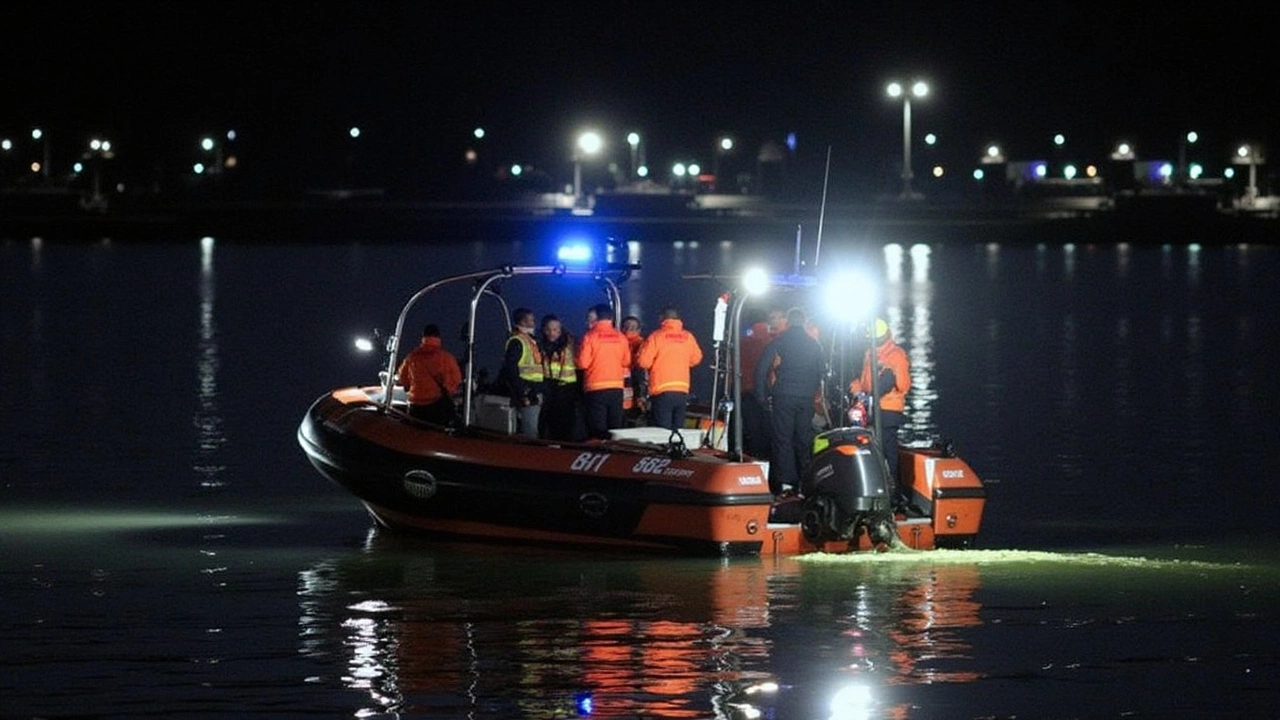Passenger Jet Guide – Everything You Need to Know
If you’ve ever wondered what makes a passenger jet different from a regular plane, you’re in the right spot. A passenger jet is built to carry people quickly over long distances, with pressurised cabins and powerful engines. Whether you’re looking to buy, lease, or simply understand the options for a business trip, this guide breaks it down in plain language.
Types of Passenger Jets
First up, the basics. Small business jets, often called light jets, seat 4‑8 passengers and are great for short hops between cities. Mid‑size jets add a few more seats and a bit more range, letting you fly coast‑to‑coast without refuelling. Then there are large cabin jets, which can hold 12‑19 people and cover intercontinental routes. Finally, the heavy‑weight airliners like the Boeing 787 or Airbus A350 are built for 200‑300 seats but the same principles apply – pressurised cabin, high‑speed cruise, and jet engines.
Each class has its own price tag. Light jets can start around $3 million for a new model, while a fully equipped large cabin jet can cost $40 million or more. Used aircraft give you a cheaper entry point, but you’ll need to factor in inspection and upgrade costs.
Buying or Chartering a Jet
Buying a jet is a big commitment, so many people start with chartering. Charter services let you rent a jet for a single trip or a block of hours, and you avoid the hassles of ownership like maintenance, crew salaries, and hangar fees. If you’re serious about frequent travel, a fractional ownership program can be a middle ground – you buy a share of an aircraft and get a set number of flight hours each year.
When you’re ready to buy, focus on three things: performance, operating cost, and resale value. Performance covers range and speed – make sure the jet can reach your most common destinations without stops. Operating cost includes fuel burn, crew pay, and routine checks; a jet that drinks less fuel will save you money over time. Resale value matters because you’ll likely sell or upgrade later, and some models hold their price better than others.
Don’t forget the paperwork. Register the aircraft in a jurisdiction that matches your tax and legal needs, and get a reputable management company to handle day‑to‑day ops. Good management keeps your jet safe, on time, and ready whenever you need it.
Finally, think about the passenger experience. Modern cabins offer flat‑bed seats, Wi‑Fi, and even small galley areas. Choose a layout that matches how you travel – business travelers might need a work desk, while a family may want extra legroom and entertainment screens.
That’s the quick rundown on passenger jets. From light jets that zip across a state to large cabin jets that cross oceans, you now have a clear picture of the options, costs, and steps to get in the air. Ready to explore further? Browse our detailed reviews or contact a jet broker to see what fits your schedule and budget.

A significant aviation tragedy unfolded above Washington D.C. as a passenger jet collided with a Sikorsky Black Hawk helicopter. The crash occurred near the Potomac River, impacting operations at Ronald Reagan Washington National Airport. The involved jet was carrying 60 passengers, and a substantial search and rescue mission is now underway, led by several agencies. Investigations by the FAA and NTSB are in progress.
Continue Reading





